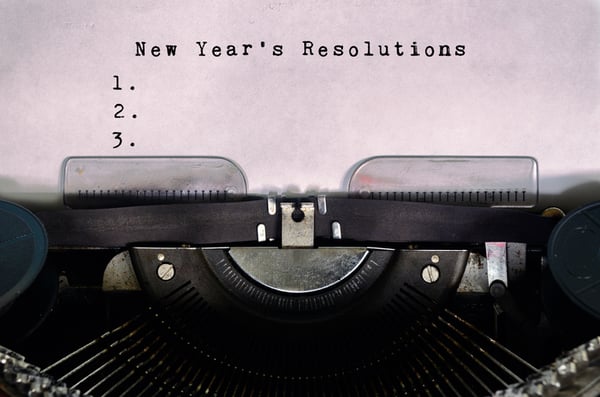
It’s that time again. People across the globe will resolve to lose weight, eat better, quit smoking, and live healthier lives. By February, many ambitious resolution-makers may have forgotten about their resolutions altogether. Just 40 percent of New Year’s resolutions survive six months. Whether the patients you serve meet their New Year’s goals or not, ensure you’re prepared to keep them healthy with some New Year’s resolutions of your own. Here are five things you can do to serve your community better than ever in 2019.
Check and Organize Your Equipment
Responding to emergencies is exhausting, time-consuming work, so it’s common for many agencies to let their equipment slowly turn into a pile of unrelated parts and accessories. This is understandable, but potentially dangerous. If your equipment fails or you don’t have the right accessories on hand, patients can suffer. Test your equipment according to the schedule outlined by the manufacturer. Some other strategies that can prevent equipment-related issues include:
-
Storing all equipment parts and accessories together.
-
Disposing of any accessories that are incompatible with the equipment you use.
-
Organizing equipment in a way that makes sense. Set up a tactical trauma kit for a rapid, portable response to serious emergencies. Store equipment in an organized fashion in your ambulance, with the equipment you use most often stored in the most accessible locations.
Strengthen Inter-Agency Relationships
How are your agency’s relationships with other agencies, such as your local fire department, police force, and relevant government public health agencies? Do you have an inter-agency disaster management plan? Have you reviewed CDC and other public health data to assess which threats are most likely to affect your patient population?
Spend some time reaching out to other agencies. Consider working together on joint projects, such as community education or disaster preparedness. You will depend on one another if a major disaster strikes. Coordination now can prevent communication snafus and wasteful redundancies should the worst ever happen.
Sharpen Your Skills
Almost everyone prefers doing the things that are easiest and come most naturally to them. This can cause first responders to continually improve certain skills as other skills decline. Sharpen your skills across all domains of competence by attending a continuing education seminar. Spend a few minutes planning your CE credits for 2019. Resist the temptation to only pursue coursework in topics you find interesting or skills that come easily for you. Instead, cultivate new skills and get better at the things that are most challenging for you.
Don’t stop with a few courses, though. Go the extra mile by drilling the skills that are hardest for you. Practice makes perfect, and it’s always better to practice in a low-stakes setting than when a patient’s life depends on your skill.
Educate Your Community
One of the most important strategies for fighting traumatic injuries is prevention. Community education seminars can help your community become safer and healthier. Review your agency’s data to find patterns of injuries, then put together a community education seminar. Some useful topics might include:
-
Car safety, including proper car seat installation.
-
Prevention of common childhood injuries such as choking, falls, and head injuries.
-
Basic first aid and CPR.
-
Health and safety tips for the elderly.
-
Prescription drug education and disposal programs.
Free community services are also a great way to strengthen community relationships and keep your neighborhood safer. Some options include:
-
Free car seat installation.
-
Free home smoke detectors.
-
Free helmets or helmet checks.
-
Free community warming centers or space heaters.
Invest in New Equipment
Evaluating your equipment annually is a great way to budget for the coming year, review past performance, and assess whether it’s time for a change. No matter how well your team performs, the wrong equipment can harm patients, make disaster response more difficult, and even put first responders in danger. Keep a report of every equipment failure, then look for patterns.
The right suction machine is a core part of your disaster response kit. For help choosing the perfect emergency suction machine for your agency’s needs, download our free guide, The Ultimate Guide to Purchasing a Portable Emergency Suction Device.















